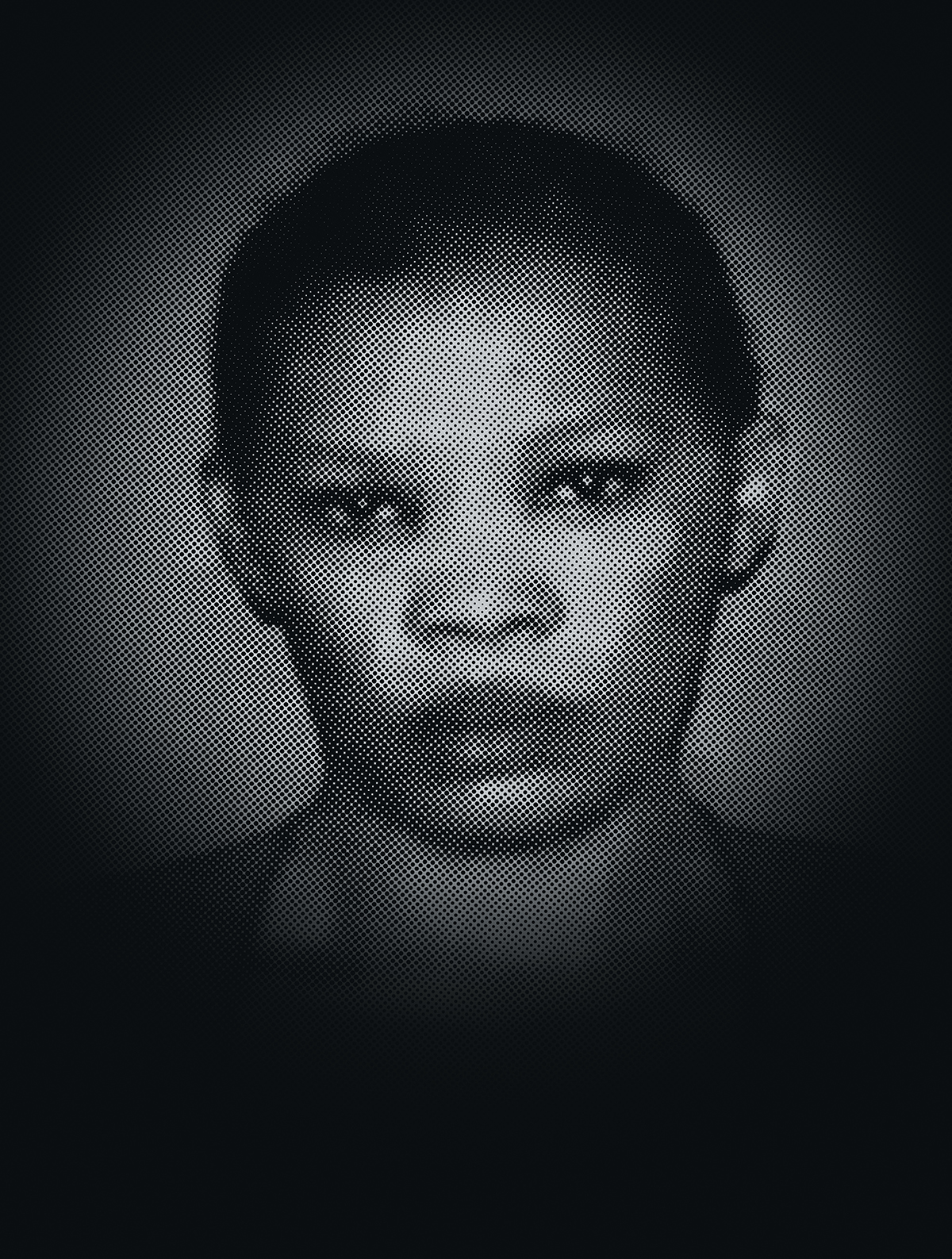The Monster Next Door

Photograph courtesy of Brian Andersen
Howe Street on the east side of Manchester, New Hampshire, is part of a tight-knit community of working-class families where neighbors commonly show up unannounced for a favor. So nothing seemed unusual to LoriAnn Silver when her new next-door neighbor walked onto her porch in the summer of 2004 and pressed the buzzer.
The woman at the door wore an African caftan, braided hair extensions, and a friendly smile. “I’m Bea,’’ she said. In a mix of French, Kinyarwandan, and American accents, she explained that she’d just moved into the adjacent home, a three-bedroom ranch with a fenced-in backyard and an above-ground swimming pool that was perfect for her three young daughters: Charlene, then 11, and twins Simbi and Saro, 10. The pool, however, was giving her trouble. LoriAnn happily sent her husband, Scott, over to help.
This first encounter sparked a routine of sorts. LoriAnn seldom saw Bea except when she needed a hand with something, usually the pool, the lawn, or shoveling the driveway. For the most part, Bea and her family kept to themselves. Once, when Bea was outside wearing a tank top, Scott noticed several ribbons of scar tissue running along her back. But Bea didn’t offer much about her past, and LoriAnn didn’t pry. What little their neighbor told them was enough: Bea’s full name was Beatrice Munyenyezi, and she said she had fled to the United States as a political refugee from her native Rwanda.
Located in central Africa, Rwanda is home to two ethnic groups, a Hutu majority and a Tutsi minority. After decades of violence reaching as far back as the early 1960s, Juvénal Habyarimana, Rwanda’s Hutu president and the leader of the MRND political party, was assassinated in April 1994. In the aftermath, extremist Hutus went on a rampage, using Habyarimana’s death to justify 100 days of genocidal slaughter. It was one of the bloodiest purges of the 20th century. Soldiers, gendarmes, politicians, and ordinary citizens murdered as many as 800,000 Tutsis and moderate Hutus.
It wasn’t something Bea talked about. “She said [her husband] was a political prisoner of war,” LoriAnn says. “We didn’t know what that really meant. She came from a country that was having a lot of problems and wanted a better life here.”
A Hutu by birth, Munyenyezi had fled from Rwanda to Kenya by the time she applied for U.S. refugee status in 1995. On her application, she wrote, “Since April 1994 my home country is going through a very difficult time.… Given the scale of the killings, I don’t feel secure enough to return home.” The violence had been so bad that applicants from Rwanda were required to answer specific questions about the genocide, including “Did you have any involvement in the killing or injury to other persons since April 1, 1994? Did you in any way encourage others to participate in such killing or injury?” Munyenyezi wrote, “No.” Less than a year later, the United States welcomed her with open arms.

Beatrice Munyenyezi’s Rwandan ID card. / Photograph courtesy of Brian Andersen
Granted sanctuary from the killing fields, Munyenyezi and her girls began to heal and flourish. Bea needed ongoing treatment for a chronic medical condition and was directed to the Catholic Charities New Hampshire Immigration & Refugee Services, which worked closely with a nearby hospital that specialized in her illness. Charlene, Saro, and Simbi attended Catholic schools. Munyenyezi secured a job with the Manchester Housing and Redevelopment Authority, where she became an advocate for refugees, and later enrolled as a politics and society major at the University of New Hampshire at Manchester. And then, on July 18, 2003, Munyenyezi took the oath of allegiance to the United States of America and was sworn in as a naturalized citizen inside the federal courthouse in Concord, New Hampshire.
As Munyenyezi grew into her new life in New England, she began to speak publicly about her experiences back home. In 2005, New Hampshire Public Radio invited her and Manchester Mayor Robert Baines to appear on a program called Finding Refuge in the Queen City, where she talked about the obstacles she had overcome. “I am a fighter,” Munyenyezi said. “I like to be independent. I worked so hard to be here. I do what I have to do to survive.”
Eventually, she began to collect her story into a memoir under the title Life in the Middle of Nowhere: Surviving Genocide in Rwanda and Zaire—an homage to the famous memoir Surviving the Slaughter: The Ordeal of a Rwandan Refugee in Zaire, written in 2000 by Hutu genocide survivor Marie Béatrice Umutesi. In her memoir, which was never published, Munyenyezi described surviving a Tutsi attack on her village in 1990, and claimed she had witnessed Tutsis massacring thousands of Hutus in the lead-up to April 1994, when the tables turned and Hutus began slaughtering Tutsis. She wrote of surviving the “100 days of genocide,” and then fleeing Rwanda for America.
The powerful story of a refugee’s survival impressed many of the advocates Munyenyezi encountered in New England. “What I know about Beatrice is she was a go-getter,” says Cathy Chesley, of the Catholic Charities program in New Hampshire. “She wanted a college degree. She wanted the best for her daughters.”
In January 2004, Munyenyezi’s older sister, Prudence Kantengwa, had arrived in Boston on a travel visa and applied for political asylum. Prudence had to answer the same question her sister responded to so many years earlier: Had she or any immediate family members participated in the killings during the Rwandan genocide? Prudence said she hadn’t, but admitted that her husband had been director of the Hutu-backed internal security forces. That confession sparked interest from U.S. Homeland Security, and her case landed three years later on the desk of Brian Andersen, a Boston-based war-crimes specialist. When Andersen noticed that Prudence had a sister living in New Hampshire, he began to wonder.
Thus began his investigation into a mystery that spanned more than seven years and three continents: Who really was the woman living at 630 Howe Street?


